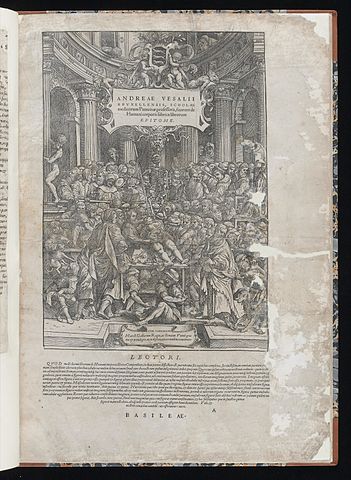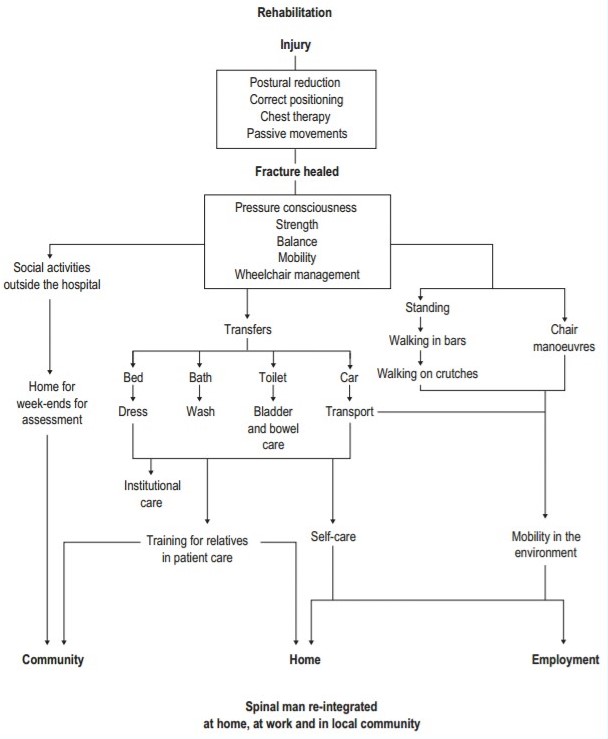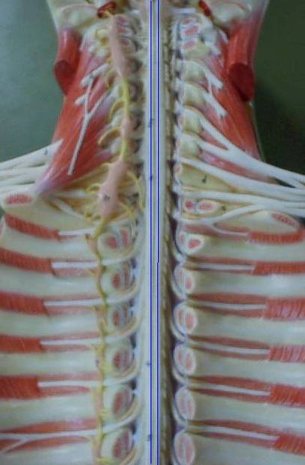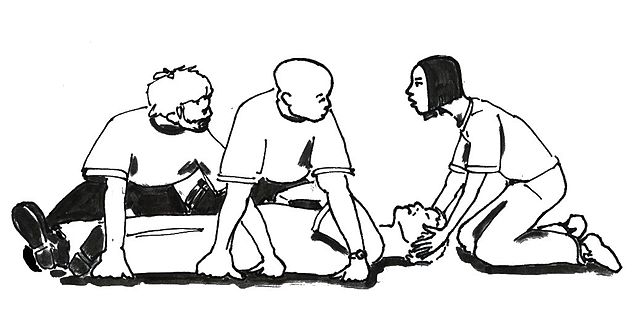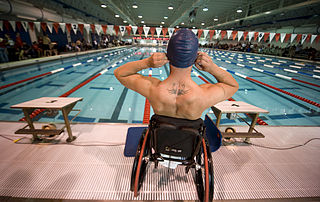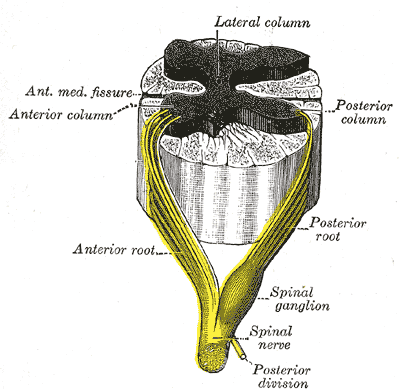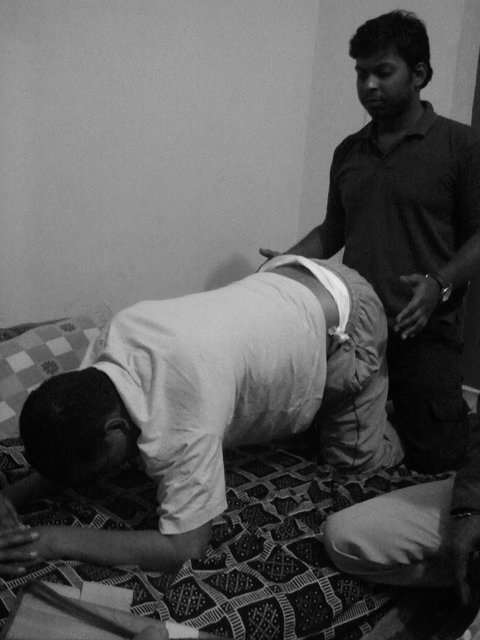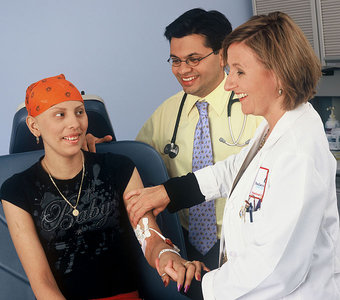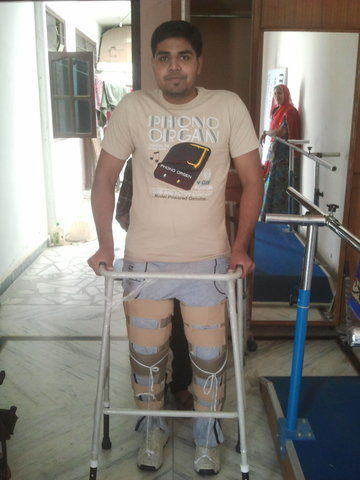Enhance your health with free online physiotherapy exercise lessons and videos about various disease and health condition
SCI functional expectation
Before starting the treatment programme of SCI functional expectation of the patient according to level of injury should be considered.
The main purpose of considering the SCI functional expectation in patient is to discuss the correlation between level of spinal cord lesion and the ultimate functional potential of patient. The most important factor in a functional potential of patient is the muscle power. Levels of innervations of specific muscle group determine the power of the muscle. If a level of lesion is known then it is possible to estimate the functional potential of the patient. Estimation of functional potential helps the therapist to form the goals of treatment in the beginning and later on helps to succeed in treatment programme.
The SCI functional expectation of the patient with lesion at some critical levels are:-
a) Lesion below C5:
Muscles: |
Movements: |
Activities: |
|
With lesion below C5 patient has:
|
Patient is able to:
|
Patient is totally confined to well equipped wheel chair. It is difficult for patient to roll over bed and come in sitting position, to push the wheelchair or to perform self-care activities. |
b) Lesion below C6:
Muscles: |
Movements: |
Activities: |
|
|
Patient can assist themselves to roll over the bed to some extent with the help of available musculature. Patient can sit on the bed with the help of rope, which is encircled about his forearm. As hand power is diminished, so patient is unable to lift himself by putting the weight over hand. Feeding is performed with the help of specific devices. Ambulation is impossible and patient is totally confined to a wheelchair. |
c) Lesion below C7:
Patient with spared C7 during SCI has three important functional additions i.e. triceps, long finger flexors and common finger extensors.
Muscles: |
Movements: |
Activities: |
|
Patient can stabilize the elbow in extension due to strong triceps. Grasping power is strong. |
Patient is more independent in wheel chair and bed as compared to C6 patient. Patient is able to roll over and sit up in bed and can also perform movements while sitting. Assistance is required for self care activities but feeding can be done independently. The patient is not recommended to do any work that requires a tight gripping power. |
d) Lesion below T1:
Muscles: |
Movements: |
Activities: |
|
Full innervations of upper extremity musculature. Patient has strength in gripping power as well as fully innervated proximal musculature. There is still lack of trunk stability. Respiratory impairment persists. |
All the movements of upper limb are performed actively. Good gripping power to catch or hold something. |
Independent in bed activities and few transfer techniques. Self care activities including eating, drinking, combing, etc. are performed independently. Dressing of lower body parts requires assistance. Functional ambulation is not gained. Wheel chair can be propelled independently. |
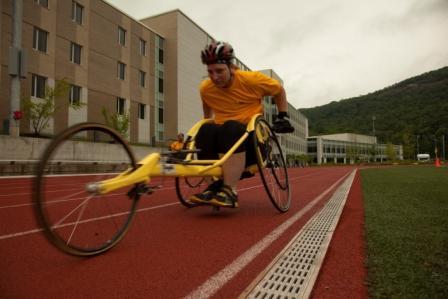
e) Lesion below T12:
Muscles: |
Movements: |
Activities: |
|
Full innervations of upper limb musculature, upper intercostals, transverses thoracic, rectus abdominis, oblique muscle of abdomen, the transverse abdominis and all the muscles of thorax. Absent nerve supply of the lumbar muscles. Hip hikers, quadratus lumborum and lower erector spinae. |
Patient has ability to use his upper limb for heavy work. Pelvic tilting is possible. |
Self care, wheel chair and ambulating activities are performed independently. Patient can ambulate freely on reasonable rough surface, inside and outside with the help of bilateral long leg braces with Pelvic band. For convenience, in moving about the home, a wheel chair is always prescribed. |
f) Lesion below L4:
Muscles: |
Movement: |
Activities: |
|
Full innervations of quadrates lumborum, lower erector spinae, quadriceps and primary hip flexors. Absent nerve supply to muscles below L4 like long toe extensors, toe plantarflexors. |
No movement at ankle joint and hip joint is unstable due to absent hip stabilizers. The knee is supported in extension by quadriceps. |
Patient is independent in ambulation with the help of short leg brace including posterior stop. Posterior stop prevents foot drop during swing phase of gait. Elevation cannot be performed because of absence of gluteus maximus and hamstrings. Prolong standing cannot be performed. |
SCI Related Pages
After a complete and thorough assessment a good rehabilitation programme for patient is started. Patient, physiotherapist and other members of rehabilitation team work in a closed link to increase the functional activity of patient. The ultimate aim of rehabilitation is to achieve the highest degree of fitness, independence, and balance and control which the patient’s lesion prevents. The degree of independence achieved is influenced by the motivation of patient, skill of therapist, physical factors and interaction between patient and therapist.
References for sci functional expectation
- http://brainandspinalcord.org/content/levels_of_spinal_cord_injury
- http://www.spinalinjury101.org/details/levels-of-injury
- Spinal cord injury / Anders Holtz, Richard Levi
Return from SCI functional expectation to SCI Rehab
Return from SCI functional expectation to Home Page
Recent Articles
|
Author's Pick
Rating: 4.4 Votes: 252 |
